Cell Wall
Definition of Cell Wall - The thick and rigid , nonliving covering present just outside the plasma membrane of plant cells is called cell wall. It is discovered by Robert Hooke in 1665 while observing cell in the section of cork.
Cell wall is present in all the plant cell, except the gametes of the plants and some of the lower plants. But in animal cells it is totally absent.
Structure of Cell Wall - In mature plant cell , the cell wall is made up of three layers .That are formed sequentialy from outside to inwards are
1. Middle Lamella - A thin jelly like viscous layer present in between two adjacent cells are called middle lamella. This the common layer which act as cementing materials between two cells and is made of pectin.
2. Primary Cell Wall - It is just beneath the middle lamella. It is composed of cellulose,pectin, lignin, suberin,cutin or cutin wax.
3. Secondary Cell Wall - Thick and rigid layer beneath the primary layer. Made of cellulose, hemicellulose, pectin, lignin, xylan etc.
Ultra Structure of the Cell Wall - Cellulose is the chief constituents of cell wall which is made up of 3000 glucose units. 100 cellulose chains become arranged side by side to form minute bundles called micelle. Then 20 micelles are associated to form microfibril. In primary and secondary cell walls microfibril are arranged in a comparatively bigger bundle called macro fibril. The spaced between the microfibrils are filled up with pectin, hemicellulose, lignin, suberin etc.
Function of the Cell Wall - It has different functions-
1. Cell wall is rigid in nature , so it protects the cell from external injuries.
2. Cell wall provides a definite shape to the plant cell.
3. It also provides mechanical support to the cell, specifically the woody parts of the cell wall becomes hard due to deposition of lignin and the imparts rigidity strength to the plants.
4. Cell wall is permeable to water and salts as it allows entry and exist of this materials to and from the cells.
5. It also helps to maintain intracellular connections through plasmodesmata.
6. In the epidermis of various parts of the plant, cell wall acts as water proof due to deposition of cutin and suberin. As a result it helps to reduce evaporation and water loss from the plant.
Thickenings of Cell Wall – During the formation of secondary cell wall , constituents are deposited in some woody plants. This causes unevenly thickenings of the cell wall in different places and produces different patterns. These are –
1. Annular – Materials of the secondary wall are deposited in a ring like fashion leaving a definite gap in between the rings.
2. Spiral - Thickenings of the secondary cell wall takes place in the spiral band encircling the cell.
3. Scalariform – This type of thickenings is due to deposition of materials in the form of transverse bands at regular intervals and possesses ladder like appearance.
4. Reticulate – Thickenings are irregular and possesses a network like appearance.
5. Pitted - Secondary wall materials are deposited uniformly more or less all over the primary wall leaving roughly circular or oval areas. Pit may be simple or bordered.
Recent Articles
-
What Is Plasma? | Blood Plasma | Proteins | Nutrients | Cholesterol
Nov 07, 25 10:29 AM
Blood is a mobile fluid which is a connective tissue and is derived from the mesoderm like cell any other connective tissue. Colour of blood is reddish and that flows inside the blood vessels by means… -
Disorders of Respiratory System | Tuberculosis | Pleurisy | Emphysema
Oct 28, 25 11:39 PM
Tuberculosis is very common disease and is caused by a type of bacteria called Mycobacterium tuberculosis. This disease causes different trouble in the respiration and infection of several parts of th… -
Regulation of Respiration | Respiratory Centres | Inspiratory Area |
Oct 14, 25 12:13 AM
Respiratory Centre is the area that controls the rate of respiration and it is observed to be located in medulla oblongata and pons. Respiratory Centre has the following will dispersed components like… -
Explain Transport of Gases | External Respiration | Tissue Respiration
Oct 09, 25 11:35 PM
In humans gaseous exchange is completed in the following ways the steps are - External Respiration or Breathing - Breathing in false taking in of Oxygen and giving out of carbon dioxide in the body. M… -
Kind and Number of Teeth | Location of Teeth in Mouth | Care of Teeth
Sep 11, 25 12:52 AM
Kind and Number of Teeth
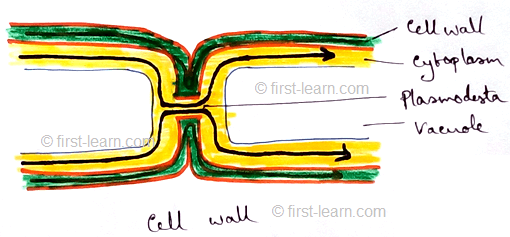
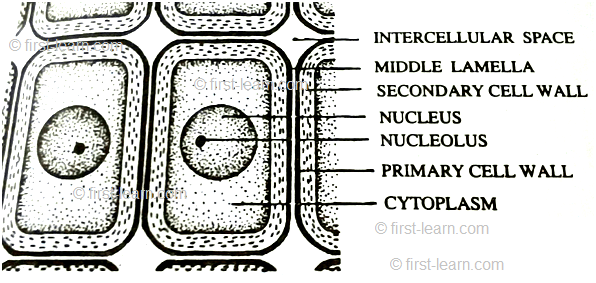
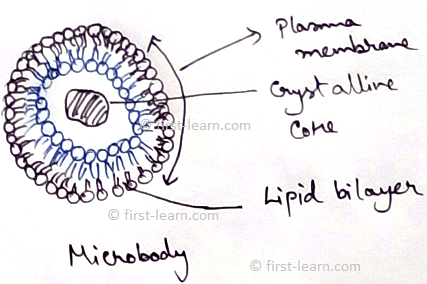
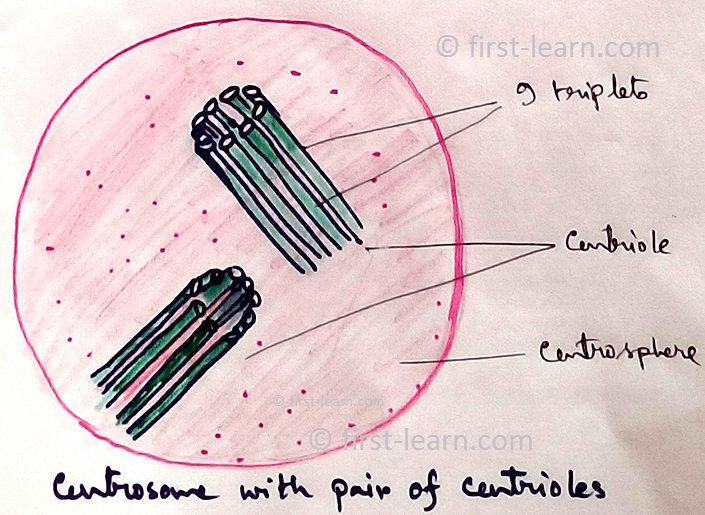
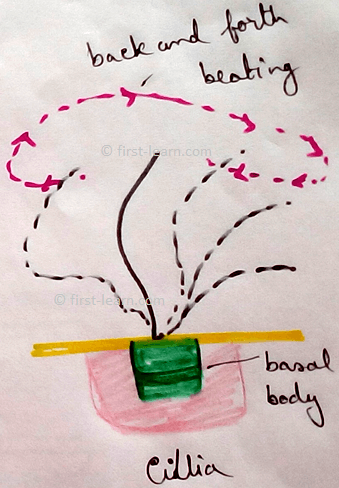





New! Comments
Have your say about what you just read! Leave me a comment in the box below.